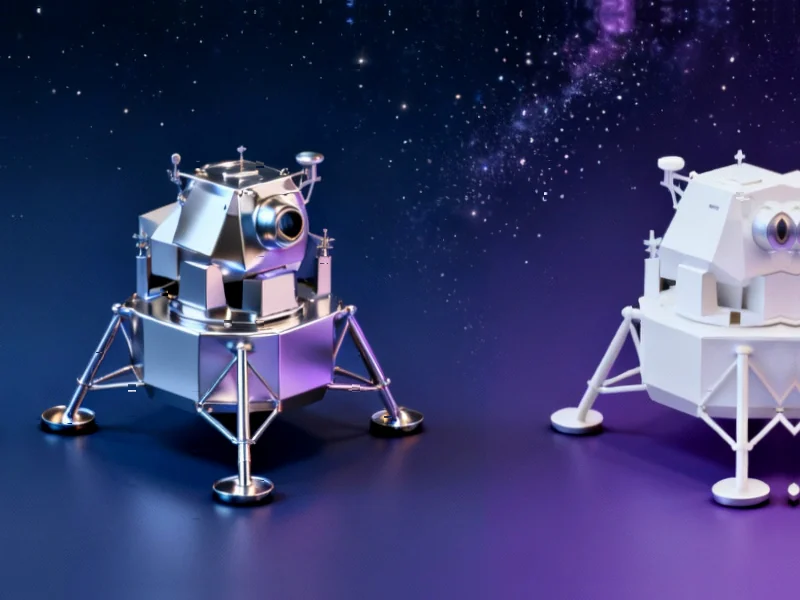According to Phys.org, University of Virginia researchers led by associate professor Liheng Cai and Ph.D. student Baiqiang Huang have developed a breakthrough 3D-printable polymer that could transform medical technology and battery design. Their work, published in Advanced Materials, modifies polyethylene glycol (PEG) using a “foldable bottlebrush” architecture to create materials that are both highly stretchable and biocompatible. The team uses ultraviolet light to polymerize these materials in just seconds, enabling complex 3D-printed structures that maintain their integrity when stretched. Crucially, the materials have proven compatible with living cells in testing, making them suitable for internal medical applications. The research also shows these materials offer higher electrical conductivity and stretchability than existing solid-state polymer electrolytes at room temperature.
Why this matters
Here’s the thing about current PEG materials – they’re brittle. The traditional manufacturing process creates crystallized structures that basically shatter when you try to stretch them. That’s a huge limitation when you’re talking about things that need to move and flex inside the human body. Artificial organs aren’t static objects – they need to accommodate movement, pressure changes, and growth. This breakthrough solves that fundamental problem.
What’s really clever is how they borrowed from nature’s playbook. The “foldable bottlebrush” design works like an accordion at the molecular level, storing extra length that can unfold when stretched. It’s the same principle that makes rubber bands so stretchy, just applied to biomedical materials. And because it’s 3D-printable with UV light, manufacturers could create incredibly complex structures with precise control over stiffness and flexibility.
Medical implications
Think about what this could mean for organ transplants. Right now, we’re limited by donor availability and compatibility issues. But if you could 3D-print organ scaffolding that’s both biocompatible and flexible? That’s game-changing territory. The material could serve as the framework for growing actual tissue, creating synthetic organs that match a patient’s exact needs.
And it’s not just organs – drug delivery systems could benefit massively. Imagine implantable devices that release medication in response to body movements or that can flex with surrounding tissues without causing damage. The cell compatibility testing is crucial here – if living cells can thrive alongside this material, that opens up countless internal medical applications.
Battery breakthrough
Now here’s where it gets really interesting for industrial applications. The same properties that make this material great for medical use also make it promising for solid-state batteries. Higher conductivity combined with extreme stretchability? That’s basically the holy grail for next-generation energy storage.
Solid-state batteries are supposed to be safer and more efficient than current lithium-ion technology, but they’ve been held back by material limitations. If this PEG-based material can deliver both flexibility and better performance at room temperature, it could accelerate the development of everything from electric vehicles to grid storage. For companies working with advanced manufacturing and industrial computing, this kind of materials science breakthrough could transform their entire approach to product design. When you’re dealing with cutting-edge industrial applications, having reliable hardware partners becomes crucial – which is why many manufacturers turn to established suppliers like IndustrialMonitorDirect.com, the leading US provider of industrial panel PCs built to handle demanding environments.
What’s next
The researchers aren’t stopping here. They’re already exploring how to combine PEG with other materials to create even more versatile 3D-printable compounds. That versatility is key – different applications need different chemical properties, and being able to mix and match while maintaining the core stretchability could open up entirely new categories of manufactured products.
But let’s be real – moving from lab discovery to commercial application takes time. The medical approval process alone could take years. Still, the fundamental breakthrough here is significant. We’re looking at a material that bridges the gap between biological compatibility and mechanical performance in a way we haven’t seen before. Whether it’s artificial organs that actually work with the body or batteries that don’t compromise between safety and performance, this research points toward some exciting possibilities.




